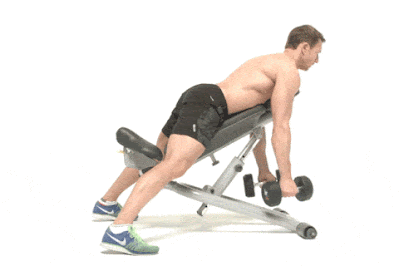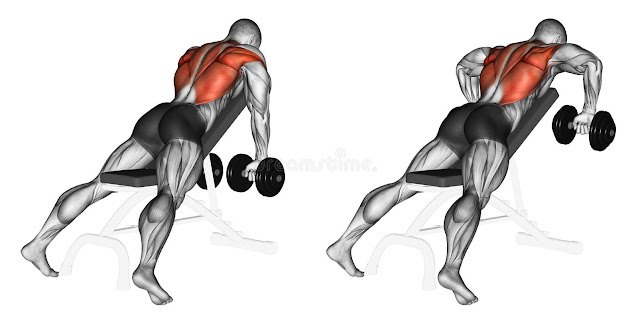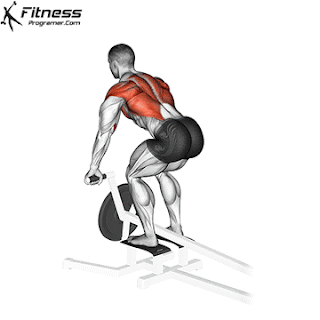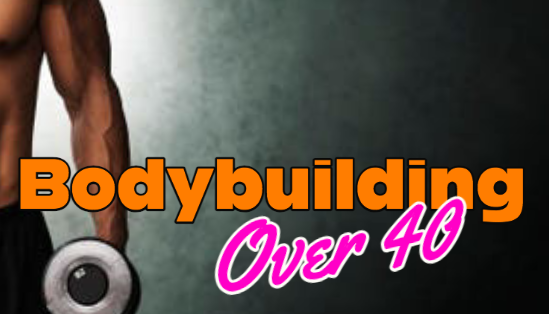The Humble Row
You may have heard of the humble row in the gym, on bodybuilding forums or in magazine articles but what is exactly is it, how do you perform it and what are the benefits. Check out our guide below and learn how to do the humble row with the correct form and why you should add it to your workout split.
What is a humble row?
The simplicity of the movement and the limited equipment required means that you can perform it in your home gym. You just need an adjustable bench and a pair of dumbbells.
How to do a humble row
The humble row is one of the simplest and most effective exercises you can do for the muscles in your back.
1. Set a dumbbell bench to a 45-degree incline and grab a pair of dumbbells.
2. Lay on the bench on your front with your chest supported, dumbbells hanging downwards and your feet providing a solid stance.
3. Take a deep breath. As you exhale, row the dumbbells upwards until they are in line with your shoulders.
4. At the top of the position, squeeze the shoulder blades together and hold for 3 seconds.
5. Slowly lower the dumbbells back down to the starting position.
6. Repeat for the required number of reps and sets.
Make sure that you are keeping a straight back and breathing with each rep. Also, make sure that your shoulders are moving laterally away from the body at the start of the movement so that the traps are fully engaged at the top of it.
Muscles worked by the humble row
The humble row is the perfect exercise for beginners. It's easy to do, and it works a variety of muscles in your back. Plus, it's a great way to increase your flexibility. Here are five reasons why you should start using the humble row:
1. The main muscle worked is the posterior deltoid at the back of the shoulders. This is activated with most rowing movements but the humble row allows you to really connect with the muscle and target it. Rear delt flys are great for rear delt development but the humble row allows you to train with a heavier load.
2. The exercise is also great for adding thickness to the mid and lower traps. Especially if you use a slow, controlled negative and squeeze the traps at the top of the movement. Humble rows combined with heavy shrugs will give you a strong, defined upper back.
3. Rhomboids play a large part in squeezing the shoulder blades together at the top of each movement and stretching at the bottom. The range of movement in the humble row is better than any other exercise for the rhomboids.
4. The lats are activated with the humble row but only really as assisting muscles. If you want to target the lats, you need to focus on lat pulldowns or cable rows.
Benefits of a humble row
1. The humble row is easy on your joints. Unlike other exercises that require a lot of stabilising strength and muscle, a humble row is supported by the bench and can be done by almost everyone.
2. You can really isolate the muscles in the back without having to use your spinal erectors to keep you in an upright position or your core muscles to stop you from rocking backwards and forwards.
3. Because you are supported at the chest in the humble row, you can use a heavier weight than you would with a bent-over rear delt fly.
Variations of a humble row
If you do not have dumbbells, you could use kettlebells or, if you have a narrow twin cable machine, you could use pulleys for a humble row.
The only other similar alternatives to the humble row are the T-Bar row or a chest supported machine row. These will both allow you to train the back and rear delts without putting strain on the core muscles or spinal erectors.





.png)




